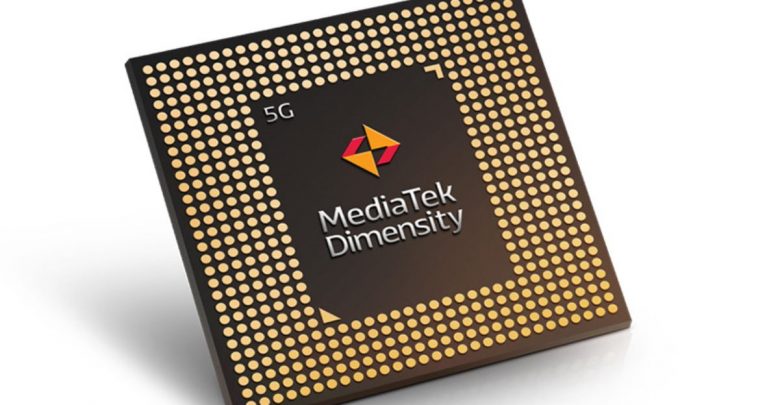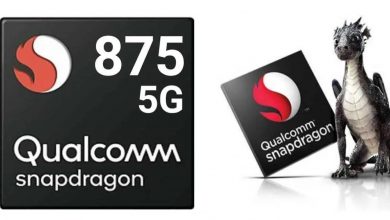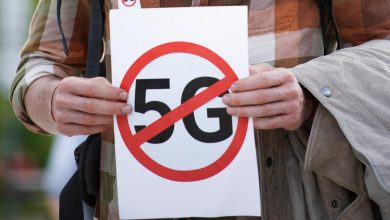
Taiwanese chipmaker Mediatek is working on a new processor, which will most likely be an update of the Dimensity series. 5G comes by default, and according to a blog Digital Chat Station twitter account, the processor is codenamed MT689X.
https://twitter.com/StationChat/status/1325988787298693121
The translation reads:
The 6nm-leading mt689x, the cpu frequency and architecture are basically the same as the e1080 I posted yesterday, and the gpu seems to be g77. The entertainment rabbit running score is expected to be 60w±, and the terminal products are still very fragrant in the 2k price range [Rabbit]
Although the translation isn’t perfect, we have understood that the new processor which is MT689X has the same architecture as the Exynos 1080 which we posted about earlier. The GPU seems to be Mali G77 and it will be in the 2000 Yuan price range which is around $300.
Since the chip will be as powerful as the Exynos 1080, we could be looking at ARM Cortex A78 cores which is around 20% more powerful than their A77 counterpart. That would put the chip between the Snapdragon 865 and the 865+. Imagine getting an $800 phone for less than 400 instead? That price would be pleasing to the eyes!
The Exynos 1080 will be released some time today. As we know, the Exynos 1080 uses the 5nm node while the new Mediatek chip uses the 6nm node. Both will be great competitors in the next few months.
Mediatek has been a great chipmaker making a wide range of chips from budget to top end chips. The Helio P series, and Helio G series are great budget chips for phones in the range of $80 to $250. Mediatek took it one step higher with the Dimensity 5G chips. The top of the line Dimensity chips come by default with a 5G modem as well as a number of 5G bands, and are already beating Qualcomm’s flagship SoCs like Snapdragon 855, and 865. Now we could add a new one to the lot which competes against Snapdragon 865+, and we should expect a new Dimensity chip that will compete against Qualcomm’s most expensive chip, the Snapdragon 875 which uses the most powerful core, the custom made ARM Cortex X1 at just half the price.
Are you ready to experience Mediatek’s all new Snapdragon 865+ competitor? Do let us know in the comments below.




